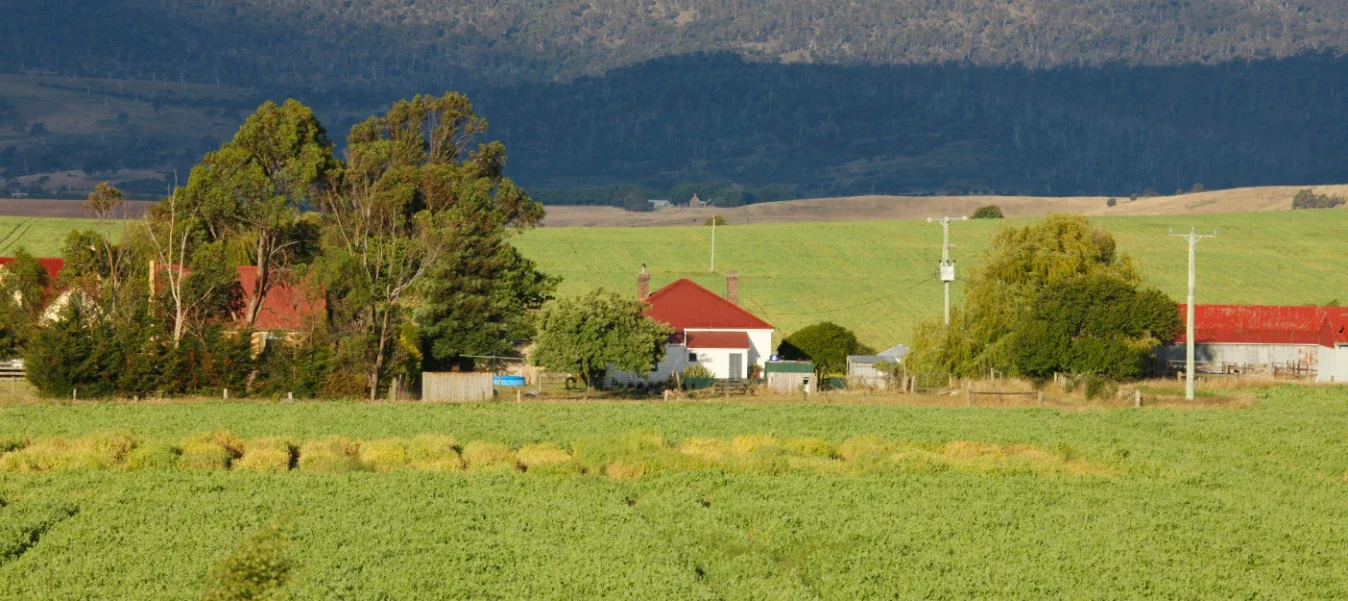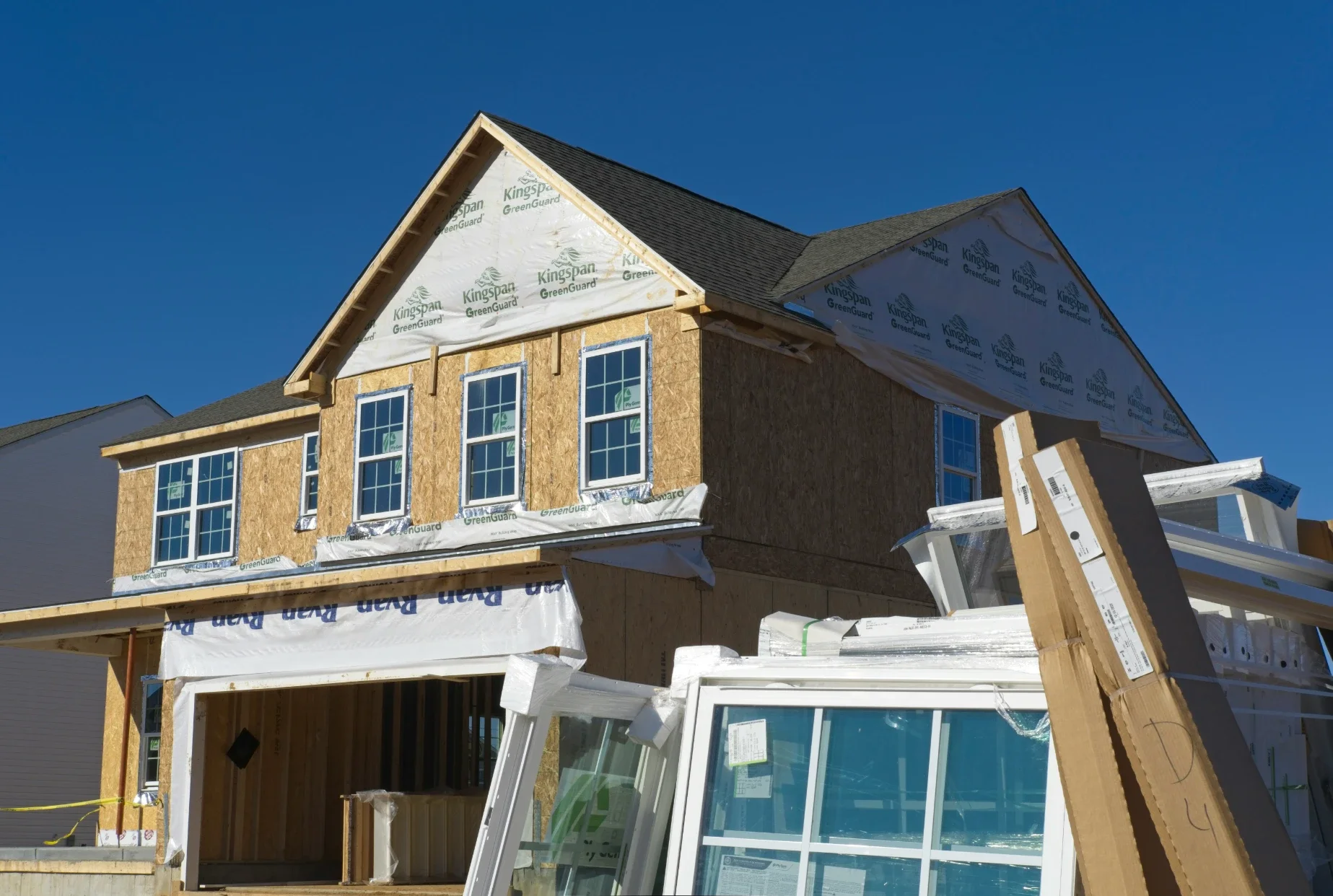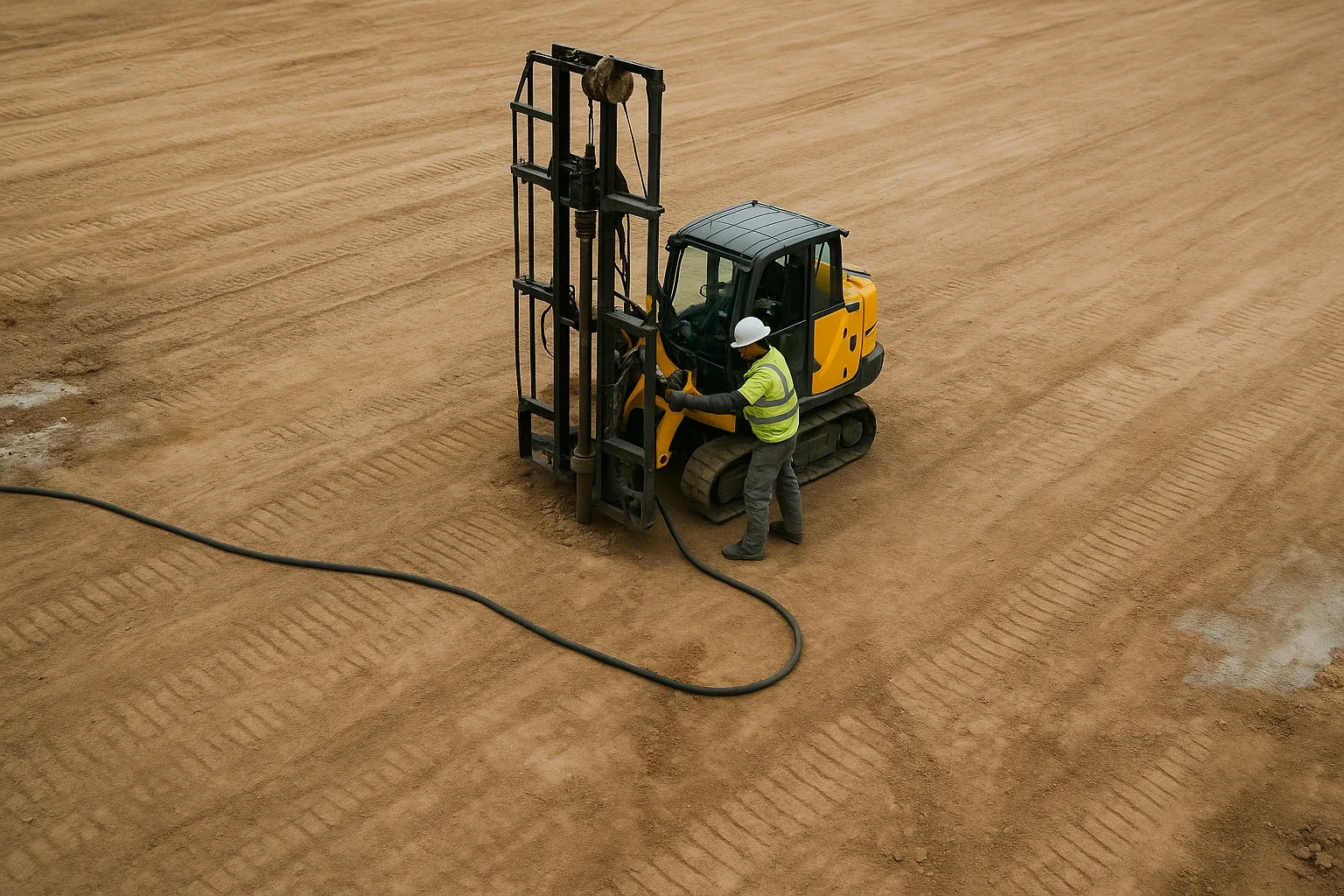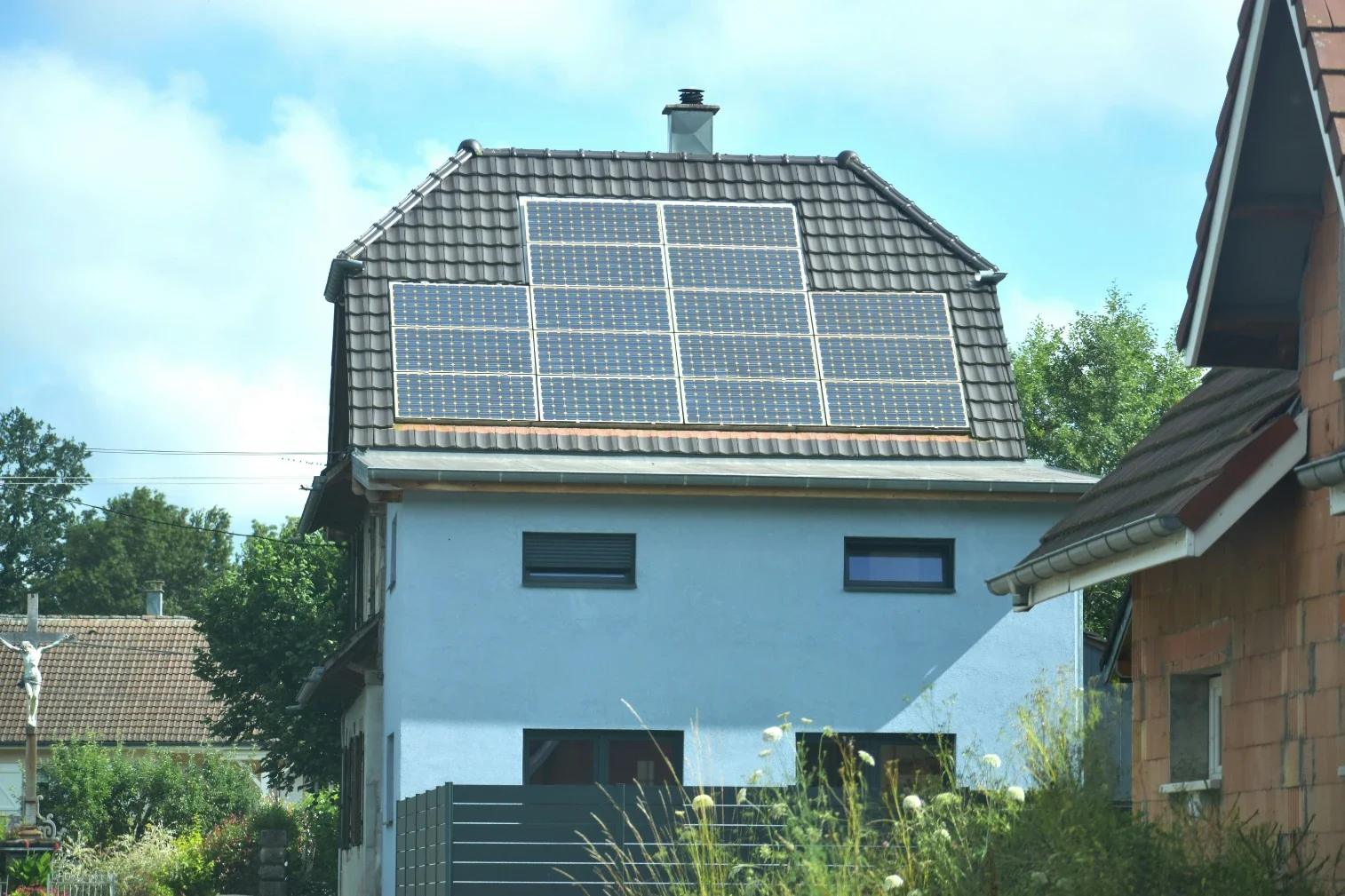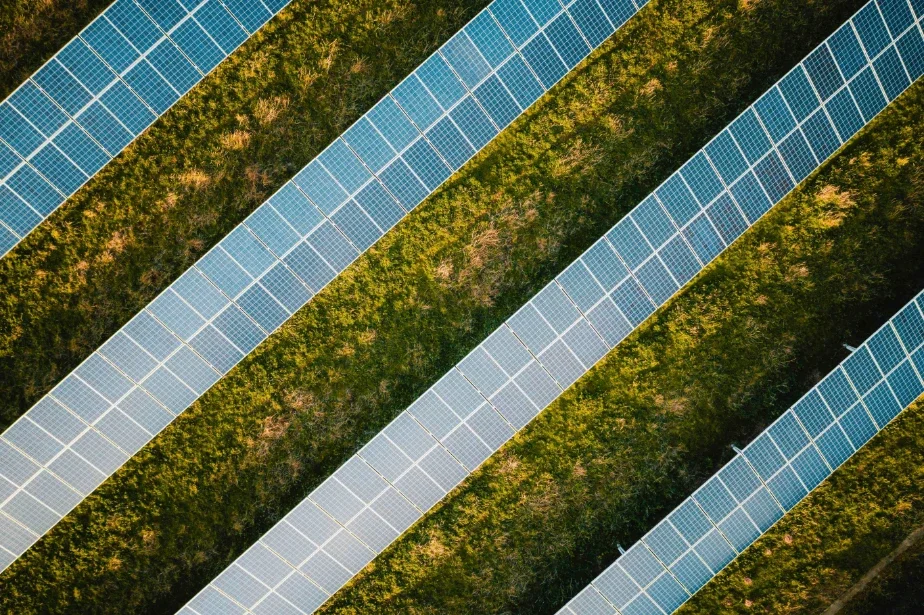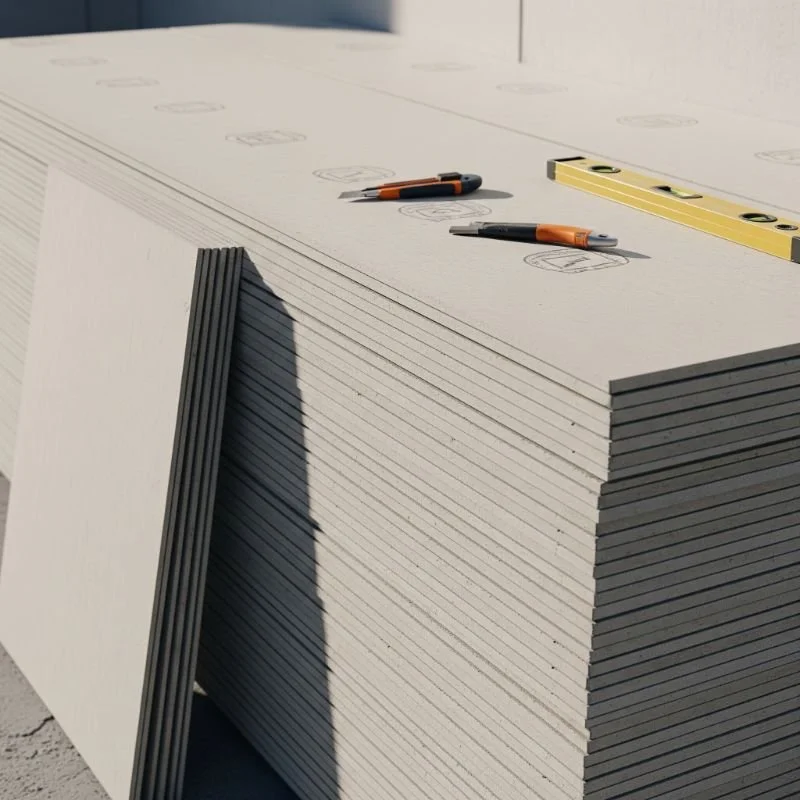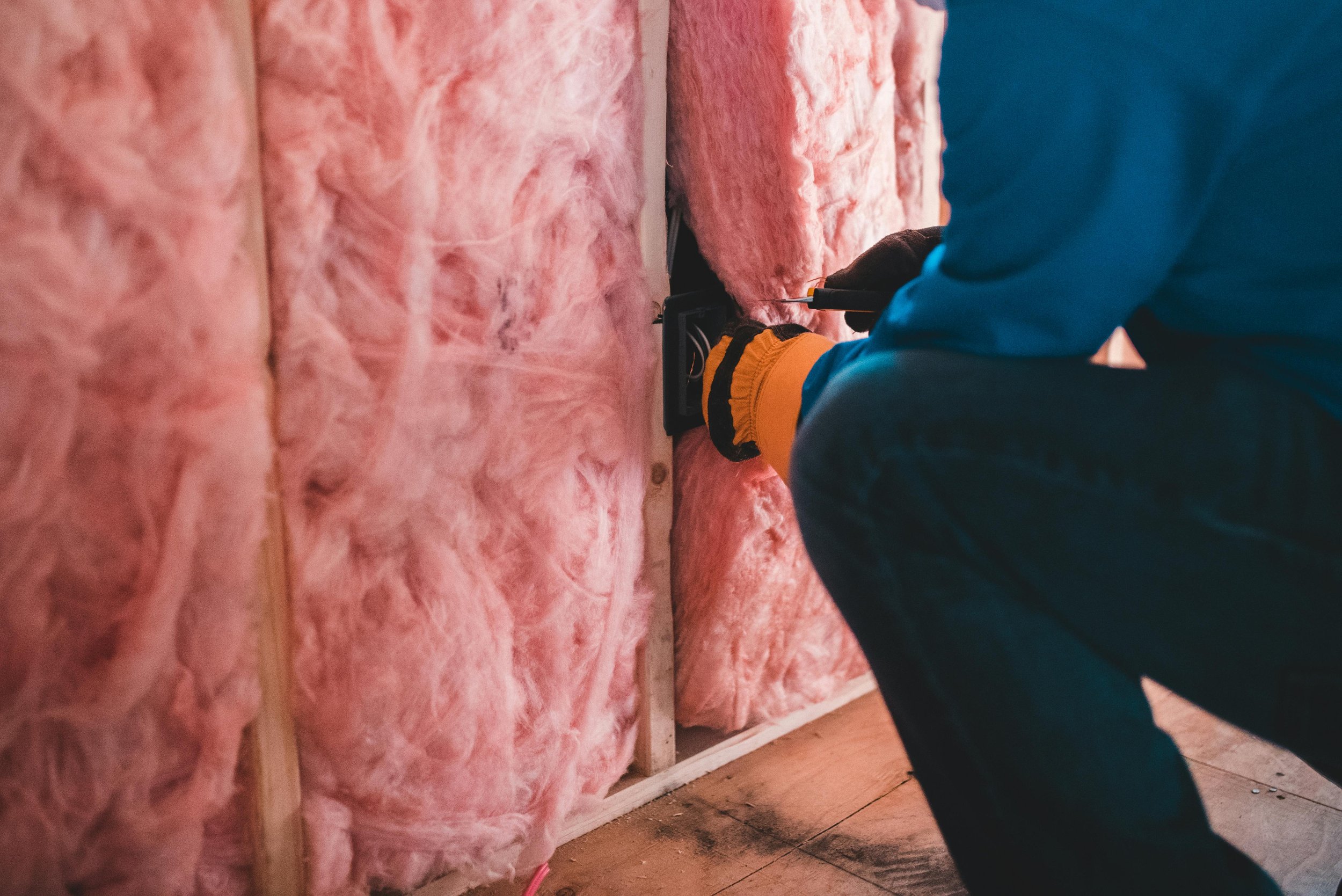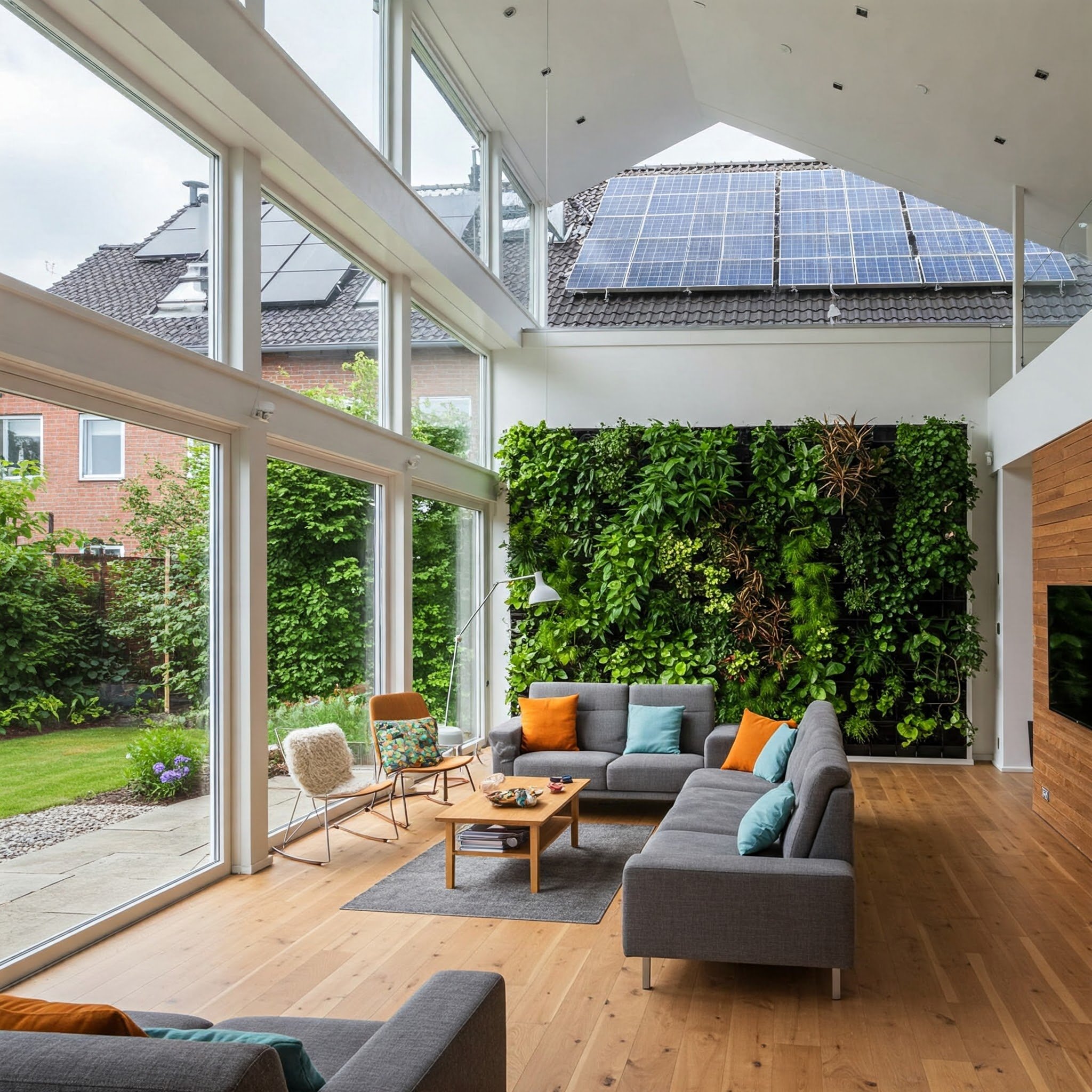How Solar Land Lease Companies Promote Sustainability
Learn how solar land lease companies advance sustainability by harnessing renewable energy, decreasing carbon emissions, and supporting eco-friendly practices.
In recent years, the adoption of solar energy has surged, marking a significant shift towards sustainable power sources. At the forefront of this green revolution are solar land lease companies, which play a crucial role in promoting sustainability while offering unique opportunities for landowners.
The solar market insights have seen remarkable growth, with installations increasing by 43% in 2019 alone. This surge is about creating a sustainable future for our planet and communities alike.
Let’s explore how these companies are making a difference and why their impact matters.
Economic Benefits to Landowners
While the environmental advantages of solar energy are clear, the economic benefits for landowners are equally significant. Solar land lease companies offer a unique proposition: transform your unused land into a source of stable, long-term income. Solar land leases typically span 20 to 40 years, providing landowners with:
Stable and predictable income
Competitive rental rates compared to traditional agricultural leases
Financial security for estate planning
Did you know? Solar land lease rates can range from $1,000 to $5,000 per acre per year, depending on location and project specifics. This steady income stream can be transformative for many landowners, offering financial stability without the uncertainties often associated with agriculture.
Environmental Benefits
The environmental impact of solar farms extends far beyond generating clean electricity. These installations are a cornerstone of sustainable land use practices, offering multifaceted benefits to our planet.
Reducing the Carbon Footprint
Solar farms play a crucial role in combating climate change. Solar panels produce electricity without emitting greenhouse gases, significantly reducing our reliance on fossil fuels. Over their lifespan, solar installations prevent thousands of tons of CO2 emissions from entering the atmosphere.
1. Minimal Land Impact
Unlike many other energy sources, solar farms are designed with sustainability in mind. They require only a small portion of the land, typically leaving large areas undisturbed. Many solar farms allow for agricultural activities or livestock grazing in designated areas, maximizing land productivity. By minimizing intensive land use, solar farms can help prevent soil erosion and degradation.
Solar farms create a synergy between clean energy production and land conservation, offering a win-win for both the environment and landowners.
2. Enhancing Biodiversity
Contrary to common misconceptions, solar farms can boost local ecosystems. The areas between and under solar panels can be managed to create diverse habitats for local wildlife. Many solar farms now incorporate native plant species that support bees, butterflies, and other crucial pollinators. Thoughtfully designed solar installations can serve as corridors connecting fragmented habitats.
3. Water Conservation
Solar energy production requires minimal water compared to traditional power generation methods. Unlike thermal power plants, solar panels don't need water for cooling. By replacing water-intensive farming in certain areas, solar farms can help conserve local water resources.
4. Land Preservation and Recovery
Solar leases can contribute to long-term land health. Allowing land to rest under solar panels can improve soil quality over time. Less agricultural activity means fewer pesticides and fertilizers entering the ecosystem.
By embracing these environmental benefits, solar land lease companies are not just producing clean energy – they're actively contributing to a healthier, more sustainable planet.
Boosting Local Communities and Economies
The impact of solar land leases extends far beyond the boundaries of the solar farm, fostering economic growth and development in entire communities. Solar projects are significant drivers of employment in local areas:
Construction Phase: Large-scale solar installations create numerous jobs during the initial setup, from site preparation to panel installation.
Long-Term Positions: Ongoing maintenance, security, and operational roles provide steady employment opportunities.
Skill Development: Local workers gain valuable experience in the growing renewable energy sector, enhancing their long-term career prospects.
Did you know? According to the Solar Foundation, the solar industry added jobs 2.6 times faster than the overall U.S. economy in 2019.
By encouraging economic growth, creating jobs, and supporting community development, solar land lease companies are not just promoting sustainability – they're helping to build stronger, more resilient communities for the future.
Biodiversity and Land Preservation
Contrary to common misconceptions, solar farms can enhance biodiversity and contribute to land preservation efforts. Solar installations often lead to:
Natural vegetation growth under panels
New habitats for local flora and fauna
Improved soil quality as land rests from intensive agricultural use
This approach not only supports local ecosystems but can also increase land value over time.
Legal and Contractual Considerations
The success of solar land leases hinges on comprehensive agreements that protect both landowners and solar companies.
Land restoration clauses post-lease
Adequate liability coverage
Clear terms on land use and access rights
Landowners must work with experienced legal professionals to ensure their interests are fully protected.
Comparison: Solar Land Lease vs. Traditional Agricultural Lease
This comparison highlights the unique advantages of solar land leases in promoting sustainability while offering competitive economic benefits.
A Promising Future for Sustainable Energy
Solar land lease companies lead the way in promoting sustainability, offering a unique blend of environmental stewardship and economic opportunity. By transforming unused land into clean energy hubs, these companies not only contribute to reducing carbon emissions but also provide landowners with stable income and support local communities.
As we look towards a future powered by renewable energy, the role of solar land leases in promoting sustainability cannot be overstated. For landowners considering this option, the benefits go beyond immediate financial gains, contributing to a cleaner, more sustainable world for future generations.
Frequently Asked Questions
1. What is the typical duration of a solar land lease?
Solar land leases often span 20-30 years. Many agreements allow for dual use of the land, such as grazing livestock or small-scale agriculture, depending on the specific terms negotiated.
2. What happens if the solar company fails to fulfill its obligations under the lease agreement?
Lease agreements include provisions for such scenarios, often including financial security bonds to ensure land restoration and compliance with agreed-upon terms.
3. Can I terminate the lease early if I change my mind?
Early termination options are typically limited and may involve significant penalties. It's crucial to carefully consider the long-term commitment before entering a lease agreement.
4. How much maintenance is required for solar installations, and who is responsible?
Solar companies usually handle all maintenance and repairs. This responsibility should be clearly outlined in the lease agreement, ensuring minimal involvement from the landowner.



